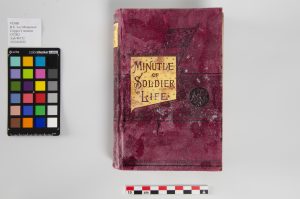Cornerstone Contributions: Carlton McCarthy’s Detailed Minutiae of Soldier Life in the Army of Northern Virginia
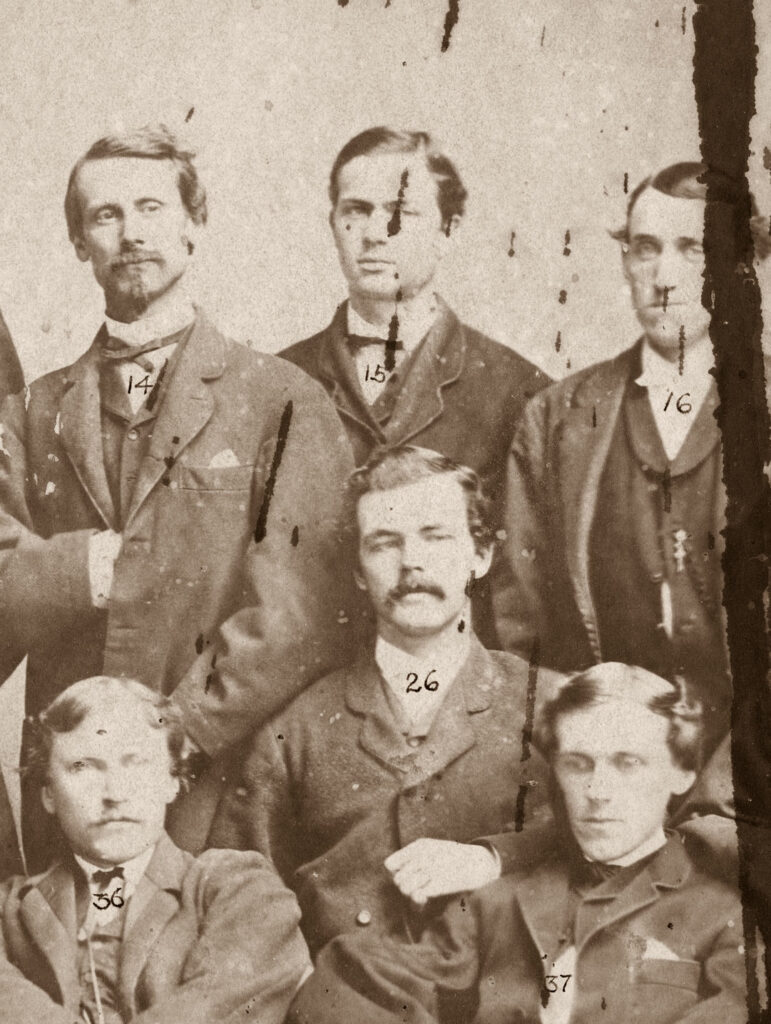
The author examines how Carlton McCarthy, mayor of Richmond, Va., from 1904-1908, used the role of the common Confederate soldier in the Civil War to reinforce the Lost Cause narrative in his book, Detailed Minutiae of Soldier Life in the Army of Northern Virginia, which, in turn, helped shape Civil War memory for many Southerners.
The Richmond Mayor
Carlton McCarthy picked fights.
As mayor of Richmond in 1908, while in police court on routine business, he spotted a reporter for the News-Leader—a paper that he believed had criticized him unfairly—and hailed verbal abuse upon the surprised victim. McCarthy did this in front of the judge, which resulted in a $20 fine for contempt of court, as well as a spate of embarrassing national news reports.[1]
He was not sorry. In 1915, the former mayor punched another News-Leader reporter at city hall.[2]
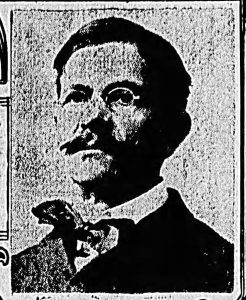
On the same year that he first assaulted a newsman, McCarthy also made the national news when he claimed he was only loyal to the flags of Virginia and the Confederate States. This insult to the U.S. flag (and, consequently, to the country itself) moved Civil War veterans of the Union to demand legislative resolutions against the mayor of the former capital of the Confederacy.
McCarthy’s loyalty to the Confederacy outraged even conservative Southerners, who had by that time accepted a renewed allegiance to the United States as part of the post-war reconciliation project. A popular newspaper in South Carolina called him a “freak,” and declared that “people of this kind ought to be ossified and stacked away in the Confederate museum.”[3]
Again, McCarthy was not sorry.
He called the reporter an “idiot,” and reaffirmed his love for the United States by pointing out that he kept a U.S. flag entwined with a Confederate flag in his mayoral office.[4]
In 1893, McCarthy tussled with Thomas Nelson Page, a 19th-century lawyer and novelist whose writings heavily featured themes of gallant aristocrats and loyal “servants.” McCarthy thought one story that Page wrote was offensive to white people. In an article for the Daily Times of Richmond, McCarthy suggested Page had committed slander and wrote, “…the rudest hand can with ease disfigure which is grandest.”[5] McCarthy, who styled himself as a champion of the common soldier, believed Page had cast aspersions on the men who made up the rank-and-file of the Confederate Army. Defending them had become McCarthy’s life’s work.
McCarthy was the son of an Irish immigrant and grew up in a slaveholding family in Richmond. Although an ardent supporter of military service during the Civil War, he was too young to join the army in 1861. He participated in a number of local defense companies before formally enlisting in the army in October 1864, just after he turned 17.
McCarthy joined the Richmond Howitzers (2nd Company), an artillery unit that was recognized as the military home of central Virginia’s wealthiest and most influential citizens. McCarthy’s older brother, who was killed in action in the Battle of Cold Harbor, had once commanded the Howitzers in the field. By the time McCarthy entered camp, the Howitzers were hunkered down with the Army of Northern Virginia in the Siege of Petersburg. Five months later, the Siege broke, and McCarthy experienced his first and last taste of battle during the retreat toward Appomattox.
McCarthy Writes Detailed Minutiae of Soldier Life in the Army of Northern Virginia
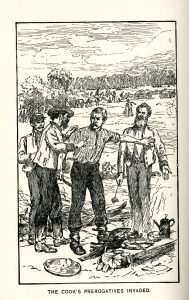
McCarthy did not intend for Detailed Minutiae to be a memoir about his experience in the war, even though he drew on his time in the army for several chapters. Instead, he wanted to underscore the importance of common Confederate soldiers within Lost Cause memory. Through its contradicting bundle of insights, historical inaccuracies, racism, and idealism, Detailed Minutiae argued that the men who formed the Confederate Army deserved the same level of respect and admiration as leading generals like Robert E. Lee and Stonewall Jackson.
The chapters of Detailed Minutiae largely consisted of McCarthy’s general observations about military service. He narrated his own experiences in the Appomattox campaign in the last few chapters. He was mainly interested in describing the mundane details of soldier life: throats clogged with dust on a hot march; dividing up miniscule and rotten rations between too many men; the animated reveries around campfires that helped foster a sense of family in the ranks; the joy of lighting a pipe after a cup of coffee; the giddiness of boy-soldiers in possession of camp slaves to polish boots; and the pain of seeing comrades killed in battle.
In writing the book, McCarthy’s intention was not to elicit pity from the reader. His focus was not to weave tales of glory, or to reminisce about the old days. Instead, he sought to portray the tenacity of Confederate soldiers, using traits he insisted Union soldiers lacked. He highlighted the Confederate soldier’s sense of duty and self-sacrifice throughout the book.
McCarthy’s descriptions in Detailed Minutiae strictly focused on the Confederate soldier’s sense of duty while avoiding the politics of the war. He isolated the role of the soldier from the Confederate cause and redefined it as one simply of youthful idealism, battlefield courage, and campfire comradeship.
Interpreting the Common Confederate Soldier in the Civil War
In 1887 McCarthy, an enthusiastic admirer of Robert E. Lee, contributed his book to the Lee monument cornerstone box in Richmond.
McCarthy’s sentiments about the Confederate Army have continued to survive in the U.S. today. From 1882 to the present, there have been Americans who view the Civil War as a clash between two honorable armies of white men. They consider discussions on politics and race as unwarranted and unwanted intrusions on that perception. Advocates of the Confederate flag claim that it represents the unsullied character of brave but forlorn soldiers. They refuse to associate the flag with its political and racial overtones. Indeed, McCarthy promulgated this idea in the last chapter of his book.
McCarthy made many observations about life on the battlefield in Detailed Minutiae. He described death, starvation, material deprivation, and other instances of trauma that he and his comrades endured. However, his claims about the universal virtue and ingenuity of Confederate soldiers have been refuted by scholarly analyses.
Upon examination, historians have found that Confederate soldiers were often forced into service, while others deserted their posts and fled from duty. Many died—in some cases, anonymously—inglorious, gruesome deaths. Most importantly, Confederate soldiers operated on behalf of a war department that made adverse policy decisions that negatively impacted their experiences.
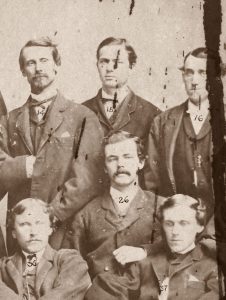
Besides Detailed Minutiae, McCarthy shaped the Confederate memorial landscape in Richmond in other ways. He and his former comrades from the Richmond Howitzers—including George L. Christian and William Ludwell Sheppard, who illustrated Detailed Minutiae and sculpted several statues in the city—participated in veteran reunions and worked closely on efforts to memorialize the Confederate Army’s legacy. They raised the Richmond Howitzer statue in the city’s Fan neighborhood. McCarthy also led fundraising efforts to erect the Confederate Soldiers and Sailors Monument on Libby Hill, and served as a keynote speaker at the dedication.
It has taken generations to unlearn McCarthy’s ideas about the common Confederate soldier and the Civil War. Much more work remains to be done. We can begin by attempting to understand how McCarthy presented the Lost Cause narrative in Detailed Minutiae to mold Civil War memory among the generations that followed.
—Christopher A. Graham
Curator at the American Civil War Museum
Other posts in the Cornerstone Contributions series may be found in DHR's archive of Archaeology Blogs.
•••
References
[1] Richmond Times-Dispatch, January 26, 1906.
[2] Richmond Times-Dispatch, September 9, 1915.
[3] The State (Columbia, S.C.), March 18, 1906.
[4] Harrisburg (Pa.) Daily Independent, March 29, 1906.
[5] Richmond Daily Times, April 9, 1893.
